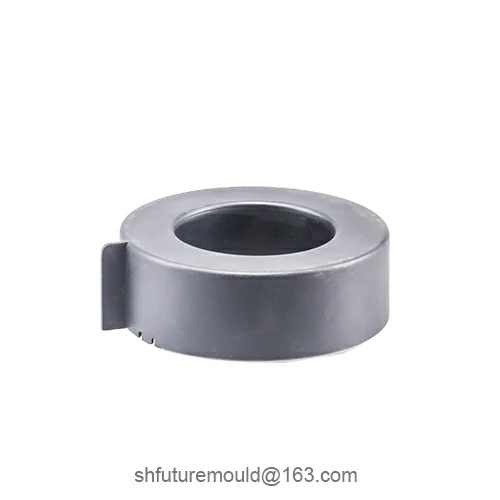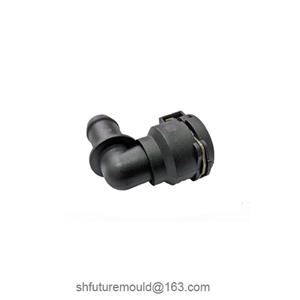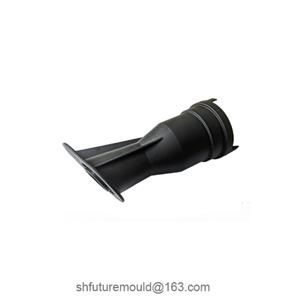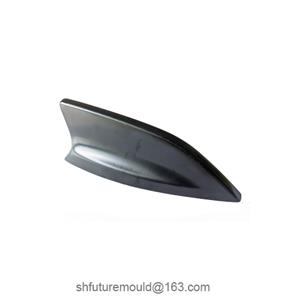How to Achieve Perfect Bonding Between Plastic and Metal Inserts in Insert Molding?
A comprehensive approach encompassing design, material selection, pretreatment, injection parameters, and mold structure optimization is required to achieve flawless bonding between plastic and metal inserts in insert molding.
1. Pretreatment of Metal Inserts: Key Steps to Enhance Bonding
Surface treatment of metal inserts is critical for improving adhesion with plastics:
1.1 Cleaning and Degreasing
Remove oils, grease, and contaminants using methods such as:
Ultrasonic cleaning
Alcohol wiping
Alkaline solution cleaning
1.2 Surface Roughening
Sandblasting or grinding: Increases surface roughness to enhance mechanical interlocking.
Chemical etching: Creates microporous structures on the metal surface using chemical agents.
2. Material Selection: Compatibility Matters
2.1 Thermal Expansion Compatibility
Large differences in thermal expansion coefficients between plastic and metal can cause stress-induced delamination. Prioritize material pairs with closely matched coefficients.
2.2 Plastic Material Choices
Plastics with strong bonding properties to metal include:
PA (Nylon) + metal
PBT + metal
High-performance engineering plastics: PPS, LCP
Glass fiber-reinforced materials (e.g., GF-PA) for improved dimensional stability and strength.
2.3 Mechanical Interlocking Design
Add undercuts, grooves, holes, or barbs to the metal insert for plastic encapsulation to achieve mechanical locking.
3. Mold Structure and Injection Process Optimization
3.1 Mold Positioning Accuracy
Ensure precise positioning of the insert to prevent displacement, flash, or burn marks.
3.2 Injection Parameter Control
Pressure and speed: Optimize to avoid insert displacement or stress concentration.
Sufficient packing pressure: Prevents voids at bonding interfaces.
Temperature: Increase mold and melt temperatures appropriately to enhance flowability and fusion.
3.3 Venting and Flow Channel Design
Minimize gas entrapment between the insert and plastic to eliminate bonding defects.
4. Structural Design: Reinforcing Bond Strength
4.1 Mechanical Locking Features
Design inserts with holes, grooves, barbs, or threads to maximize mechanical interlocking.
4.2 Avoid Stress Concentration
Avoid thick sections or sharp corners, which are prone to stress buildup.
Use rounded transitions (fillets) for stress distribution.
- Injection Mold
- Automotive Injection Mold
- Electronics & Electrical Injection Mold
- Consumer Goods Injection Mold
- Airplane Components Injection Mold
- Medical Components Injection Mold
- Irrigation Components Injection Mold
- Injection Molds




